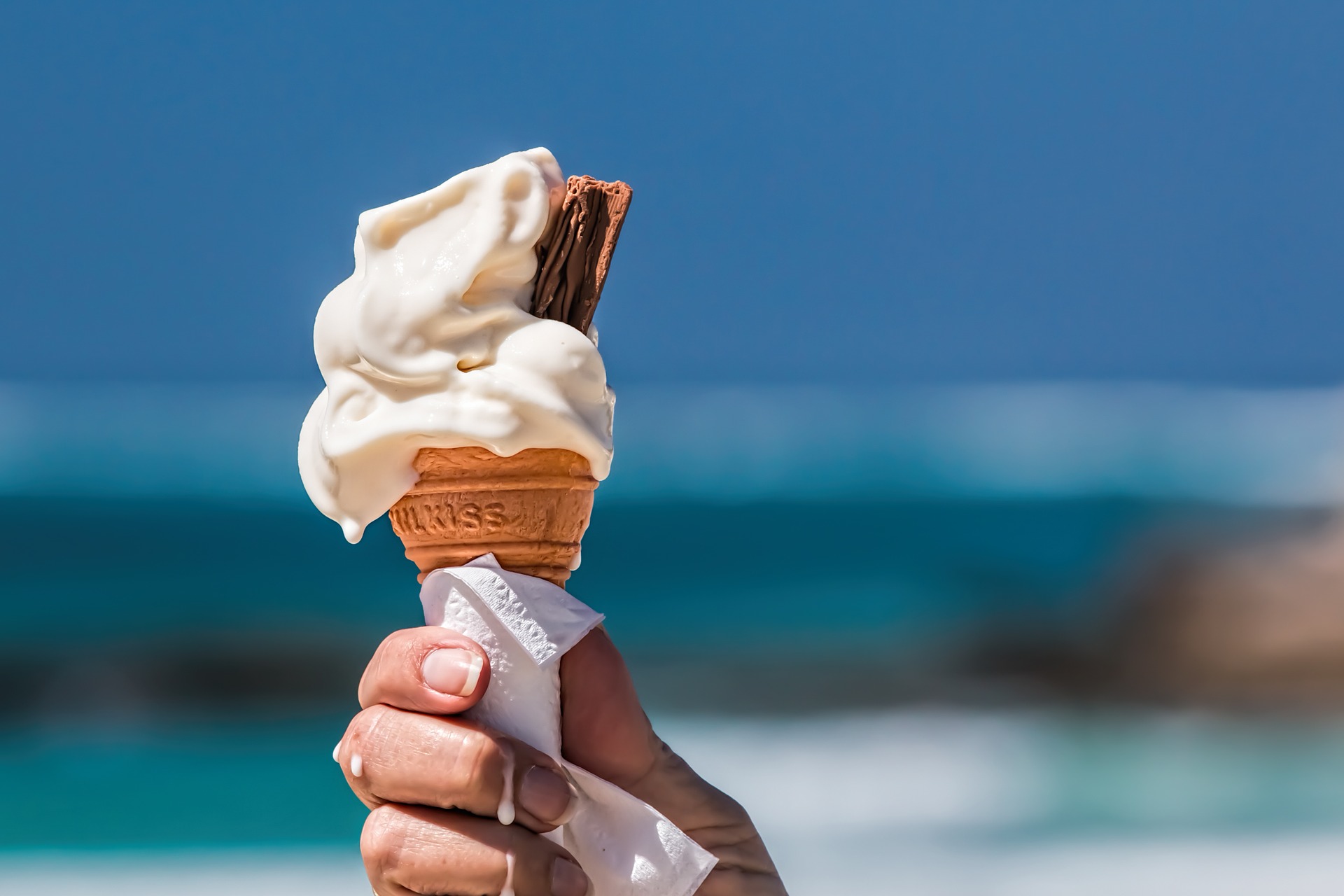
If you, with all due respect, were a simple reptile, you would regulate the temperature of your body following a couple of basic rules: to reach the degrees Celsius that your metabolism needs to function, you would lay out which lizard on a rock in the sun and, in If he wanted to temper, he would hide in a shady corner. And, if due to environmental circumstances, it was not possible to warm the engines sufficiently, it could be several days without eating (and without wasting energy) without causing it too much trouble.
But human beings are not ectotherms: we do not regulate the temperature of the organism from the ambient temperature. As mammals we are, we do it in the homeotherm style (internally). We thermoregulate by means of a process that consumes a part of the energy that we obtain from food and thanks to that mechanism we maintain an average body temperature that, under normal conditions, is kept close to 36.5ºC constantly, even if snow or a sun of justice.
Even so, and without being a boa constrictor, there are ways in which humans can modulate our thermostat and have a slight impact on the inner thermometer, something that can come in handy in full summer heat. Certain foods can influence the power of that ‘fire in the body’ that usually invades us when temperatures get worse. While some increase it, others temper it. Can you imagine what foods each function does? The common of mortals is not right.
As Barry Swanson, a professor at the School of Food Sciences at Washington State University (USA), explains, the foods that are most perceived as body coolers are those that are ingested cold. But sometimes its refreshing sensation is ephemeral. On the other hand, spicy foods, among others, can give a longer result. Here is a list of some delicacies that increase body temperature and others that decrease it. Before reading further, a tip: leave your sorbet in the freezer and serve yourself a serving of hot curry, stay hydrated and … moderately sweaty.
Remember that, in general, ice cream should be part of our diet regularly, as a complement to a varied diet. If you are looking for a good option to make your slushies, smoothies and help them remain smooth and cold, check out slushy machines here at Snow Flow.
Foods that increase body temperature
Ice cream: Yes: ice cream increases body temperature by the fat they contain. An almond, for example, contains 19 gr. of fat, more than a menu of vegetable broth, beef tripe and coffee with milk, according to the table of the Spanish Database of Food Composition. Fat should not be confused with calories, which may also come from proteins or other nutrients. If you look at your total energy contribution — kilocalories — 100 grams of chocolate ice cream totals 951, compared to this menu — in portions of 100 grams each dish — which provides 990.
“Foods high in fat, protein and carbohydrates often cause the body to warm up a little more during digestion,” says Swanson. The difference in temperature that we observe when ingested gives us a cooling sensation, but when the digestive process begins, the body produces energy in the form of heat to transform fats into products assimilable by the body.
Brown rice: Complex carbohydrates such as those contained in rice, especially whole grain, consisting of whole and unrefined grains, are difficult to digest. That is why the body must invest a greater amount of energy in that process, which translates into heat.
Alcoholic beverages: Alcohol, even at levels such as those contained in beer, can cause some dehydration and, consequently, a reddening of the skin caused by vasodilation that increases the temperature of the dermis. The extent to which that happens will depend on the amount of alcohol ingested. The more alcohol, more redness and more heat sensation.
Food that refreshes the body
Watermelon: In general, the greater the amount of water in a food, the lower the temperature of your body. Watermelon is made in more than 90% water, and is very easy to digest: the energy requirements to do so are very low.
Leaf vegetables: Like watermelon, vegetables consisting of edible leaves are made, for the most part, by water. Water is very easy to digest and does not require extra energy. “By passing through the digestive system very quickly, it generates a feeling of freshness,” says Swanson.
Hot peppers: Spicy foods cause sweat, which provides a cooling sensation. That is why they are often consumed in countries near the equator, “where they are perceived as refrigerant foods. They influence the perspiration of the body and, through the cooling caused by evaporation, the person feels fresher.
Hot drinks: It may seem counterintuitive, but they are a good way to stay cool. When drinking, a sweat reaction is triggered in the mouth and throat that allows body temperature to decrease. Therefore, in countries like Morocco or India they drink hot tea frequently, even in the heatwave. Several studies, such as the one led by Olly Jay from the University of Ottawa (USA), in Canada, demonstrate that effect.
On the other hand, Ice cream reacts as a food supplement. Ice cream is a source of protein, fibre, is low in fat and lactose free. Also, it has another benefit for mental health, since it makes it possible for diet therapy to be done with food and not with medication. On the other hand, it is a tool for integrating the patient with their family environment. The whole family can eat the ice cream, the patient does not need to be alone taking his supplement while the rest consumes a dessert.
Remember that here at Snow Flow you will find the equipment needed for a wonderful time singing with your friends and relatives such as slushy machines to rent or buy. Contact us today for more information.